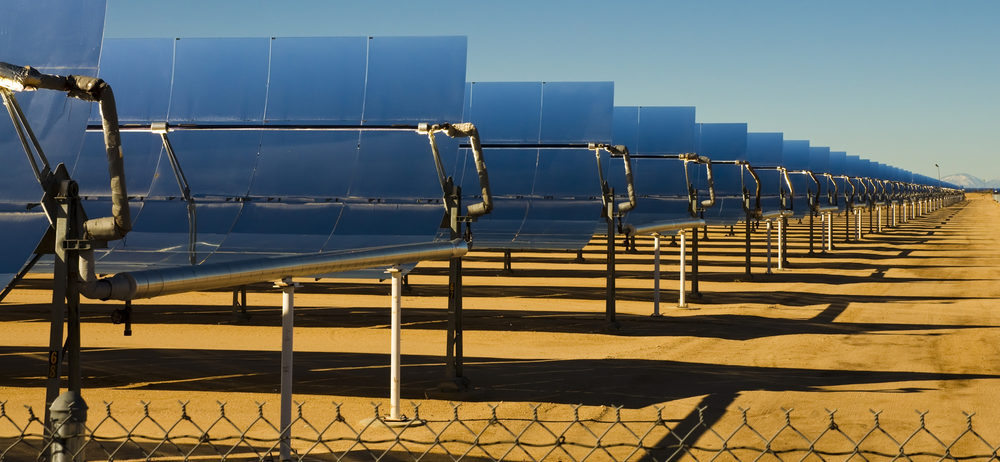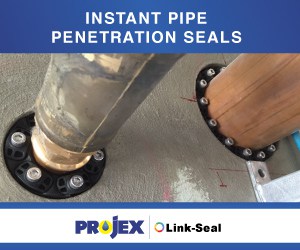The Australian Renewable Energy Agency (ARENA) is seeking industry information regarding concentrated solar thermal (CST) projects and how they may generate reliable, affordable renewable energy with built-in storage for our national grids.
The new call aligns with the Federal Government’s offer to make up to $110 million available for an equity investment to accelerate and secure delivery of a CST project in Port Augusta.
ARENA CEO Ivor Frischknecht said that while CST could provide reliable renewable energy on demand, further investigation and funding was needed for the technology to achieve commercialisation in Australia.
“The benefits of CST will become increasingly important as more renewables enter our grid, particularly in regions like South Australia that already have high levels of wind and solar PV generation,” Mr Frischknecht said.
“Solar thermal plants operate more like traditional fossil fuel power plants than wind turbines or solar PV farms. They can contribute to network stability and reliability through built-in storage and inertia provided by a conventional turbine.”
CST has not yet reached a point where it is cost-competitive with other forms of new-build power generation.
Mr Frischknecht said that ARENA played a key role in supporting the commercialisation of emerging technologies such as CST.
“ARENA works across the innovation chain to building a vital bridge between commercial development and uptake. These fresh efforts will seek to map out and support a pathway for CST to achieve commercial viability in Australia,” Mr Frischknecht said.
“Our large-scale solar PV competitive round proved that the cost of renewable energy technologies can be reduced significantly with targeted efforts. We’re ready to explore whether the same success is possible for the development of CST in Australia.”
Clean Energy Finance Corp (CEFC) CEO Ian Learmonth said the CEFC looked forward to working with ARENA on potential CST opportunities.
“Together, ARENA and the CEFC have helped transform large-scale solar in Australia, contributing to a substantial increase in Australia’s renewable energy capacity. CST has the potential to be an important part of Australia’s clean energy transition as this emerging technology reaches commercialisation,” Mr Learmonth said.
About the request for information
ARENA is requesting information from prospective industry participants on the costs and benefits of CST. This information will help ARENA and the CEFC to determine the scope and focus of government assistance for the deployment of CST in Australia.
Interested parties are expected to include (but are not limited to) project proponents, debt and equity investors, original equipment manufacturers, off-takers and government entities.
Responses are due by 5pm 31 July 2017, can cover all types of CST technology and project sizes, and should not exceed a written submission of 20 pages.
Respondents should outline:
- The nature of their interest in CST (for example as an investor, developer, technology provider, off-taker, regulator
- Their experience with CST
- Their view of CST’s potential value proposition relative to other renewable generation technologies
- Any preferences with respect to firm generation profile and potential value uplift for that purpose
- Regulatory, commercial, market or technical barriers and opportunities facing CST
- Environmental considerations in CST deployment
- Their views of the key risks in CST projects and how they might be best mitigated
- Preferred energy and renewable energy certificate offtake arrangements
- Factors differentiating such projects from other technology solutions, and
- Any other information the respondent feels may be relevant to the ARENA and CEFC’s consideration as to how best to support the deployment of CST.
Where respondents are considering potential roles as CST project developers or contractors respondents are invited to outline their views of:
- The optimal maximum and minimum CST project sizing (rated capacity, storage hours), location and dispatch profile
- The expected capital and operating costs of deploying the optimal project
- Expected areas of future capital and operating cost reduction (local and international replication) by, for example:
- Anticipated technology improvements
- Anticipated capital cost reductions
- Potential to develop the local supply chain
- Future labour savings and risk margin savings in delivery
- Expected local content and the potential for local industry development
- Expected annual energy output
- Likely construction and commissioning timeframes, and
- Potential grid impacts
- Information will be treated in accordance with ARENA’s Advancing
Renewables Program Guidelines, however some information may be publicly disclosed after it has been aggregated and anonymised.














